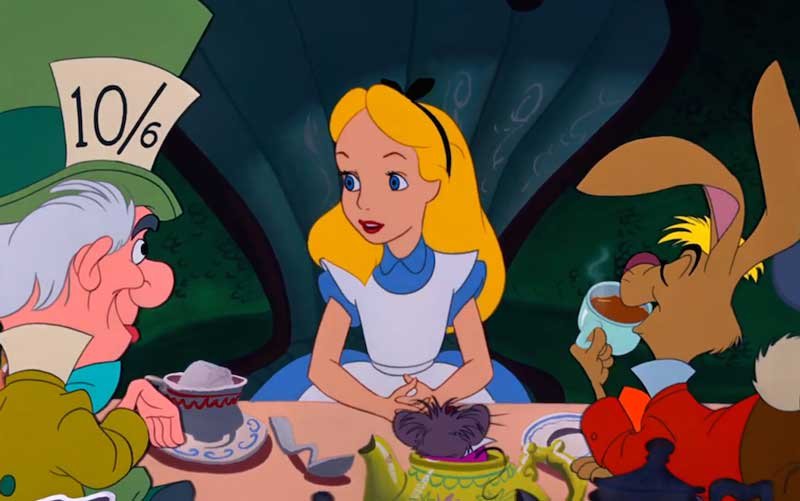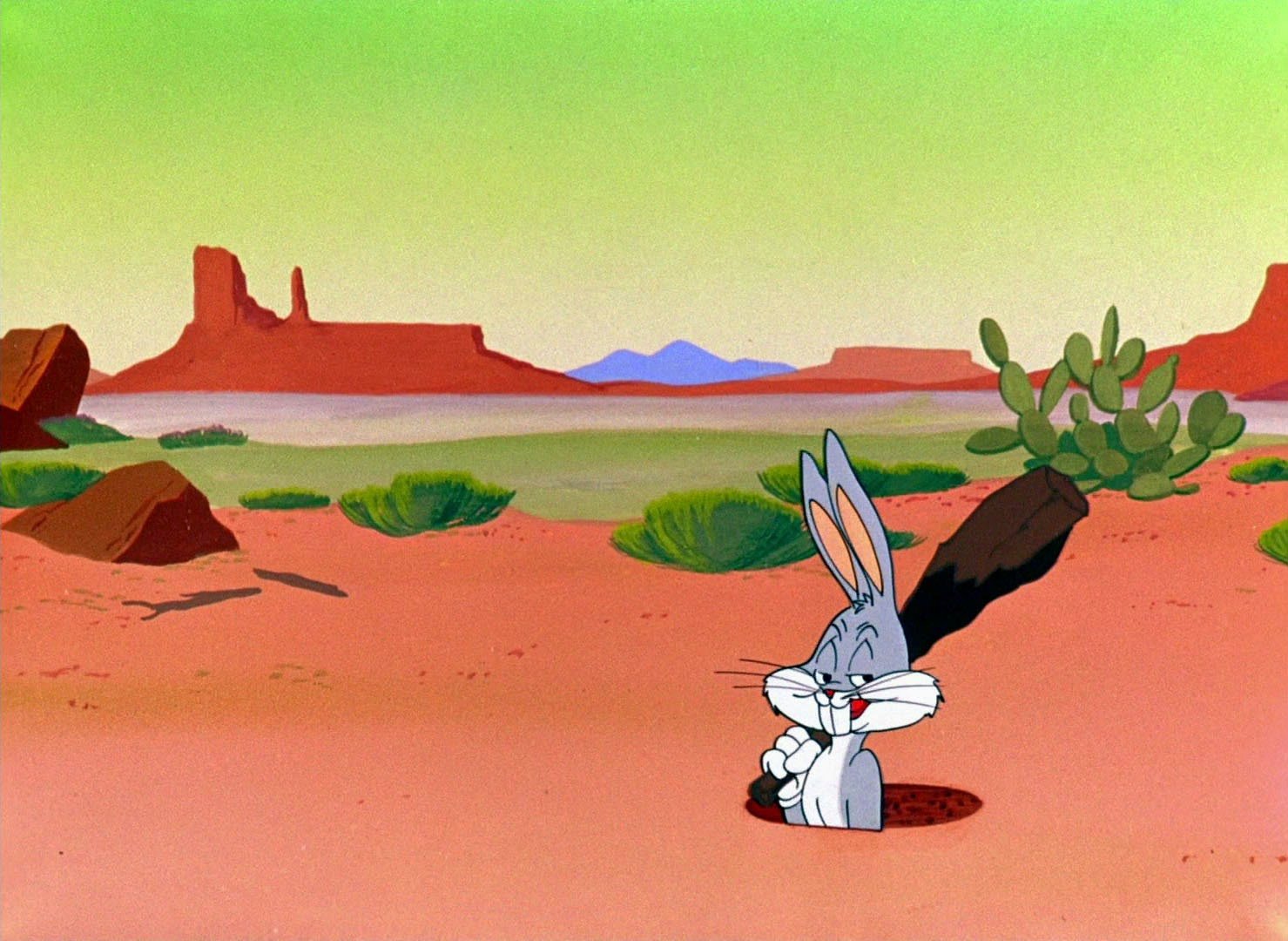Beginnings
A long time ago in a very cold corner of Australia (Hobart city, Tasmania to be exact) my parents read gloriously illustrated picture books to me and, unbeknownst to them, sparked what would be a life long obsession for me in visual art.
I’m talking about great books like “The Giving Tree” by Shel Silverstein, “Green Eggs and Ham” by Dr. Seuss, “Fungus the Bogeyman” by Raymond Briggs and “Where the Wild Things Are” by Maurice Sendak. These weird and wonderful stories, filled with glorious illustration were read at bedtime and filled my dreams and ripe imagination with rich, colourful and surreal imagery. Adventures in vast worlds where I experienced the full gamut of human emotion.
As I got older I moved on to more mature books like “The Adventures of Tintin” by Hergé, taking me on adventures around the world, even to the moon! His consistency with reproducing his characters was astounding! “The Adventures of Asterix” by René Goscinny, which always gave me a hankering for the delicious looking roast boar he depicted and “MAD Magazine” founded by editor Harvey Kurtzman featuring very many talented writers and artists. I would try and replicate the drawings of the simpler, wordless strips like “Spy vs Spy” originally by Antonio Prohías.
Meanwhile on our 30cm TV I was enjoying animated TV series like “He-Man and the Masters of the Universe” created by toy company Mattel to sell toys to kids like me. It worked. I sucked it down like the evil Mosquitor would his victims blood! At this time I would also get up early and wrap myself in my doona with only my eager face sticking out to watch “Danger Mouse” produced by Cosgrove Hall Films for Thames Television and “Roger Ramjet” created by Fred Crippen.
In the afternoons after school I would watch all of the “Looney Tunes” by Warner Bros while munching Vegimite toast. I loved the creative use of visual elements like Wiley Coyote painting a tunnel on a rock to trick the Road Runner only to see the Road Runner run on through! It was creative, playful and cheeky.
At the cinema I was seeing Disney classics like “Bambi”, “Snow White and the Seven Dwarfs” and “Alice in Wonderland”. I loved and still love the simplified forms of all the Disney characters. Simplified for practical reasons, keeping all animated elements condensed for efficiency when drawing the thousands of frames required to create a moving image. But I feel this is just good fundamental design and I keep this in my mind when creating my own work.
In my late teen years and young adult years I was taking in a lot more of the masters works in fine art. I am by no means an expert on the masters or the fine arts, far from it, but I took inspiration from the likes of Leonardo Da Vinci, Salvador Dali, Frida Kahlo, Max Escher and people closer to home like Rick Amor and Jeffrey Smart. Most of these artists were rendering familiar people, objects and places with realism but with elements of surrealism.
As an adult I was working in graphic design at an advertising agency while working on my own artistic endeavours at night. I started to experiment with screen printing and stencil art; both giving me valuable insight into colour separation in the printing process.
I was feeding off street artists like Bansky and Blek Le Rat. They were staking their claim to space usually going to the highest bidder, waging a messaging war on advertisers and capitalist ideology.
I also discovered movies like “Akira” directed by Katsuhiro Otomo and based on the Manga written by Otomo. The environment created in Otomo’s neo-Tokyo was electrifying, full of rich saturated colour, and way ahead of its time. I binged on any Ghibli films I could find, my favourite being “Spirited Away” closely followed by “Nausicaä of the Valley of the Wind” by Hayao Miyazaki who had drawn on the work of Moebius to inspire a true masterpiece in my opinion. It was refreshing to see strong female characters and messages of pacifism and environmentalism.
At the age of 25 I received a cancer diagnosis; an aggressive bone tumour growing out of my pelvis, towards my spine. It took me out of the rat race and gave me a chance to truly contemplate how I wanted spend my time. I wanted to work on what was most important to me - my art - and develop my style further, exploring ideas of mental health and processes, self-love, meditation. I came across japanese woodblock prints by Hasui Kawase which had such peace and tranquility about them. My visual language started to move in that direction although I still had influences in Australia. Artists such as Shaun Tan and Elise Hurst had a huge impact. I wanted to replicate the whimsical feeling that they were producing in their picture story books.
I was buoyed by another Australian, Michael Leunig’s “prayers” during my stay in hospital and started to explore my spiritual side more than ever before; reading “Buddha” the Manga series by the incredible Osamu Tezuka.
I survived chemo, radiation and more than 19 surgeries. After leaving hospital, my body started to heal. It was completely reconfigured, criss-crossed by huge scars, my body looked like some kind of Frankenstein creation. I gradually reclaimed by body with tattoos. Affirming my love for art at the same time by marking my body with meaningful artworks, embedded in my skin forever. And so tattoo art became a major influence too.
I’m currently a hopeless fan-boy of Little Thunder and James Jean. I strive to one day have their technical capability and ability to express the images that come to my mind with such style and grace. I try not to be too technically perfect though. All I want is to get as close as possible to articulating what’s in my head. Perfectionism can be crippling so I do my best at fighting this every day by aiming to leave as many “mistakes” in my artwork as I can bear.
Little Thunder
All of the artists I’ve mentioned are my strongest influences, there are many many more, if I was trying to be perfect, I’d list them all. But luckily I’m not. So that’s the end of that. Thanks for reading and I’ll see you in the next blog.
Written by Melbourne based artist and illustrator Eddy Sara.
If you’d like to talk about using illustration in your brand contact me here now!






























